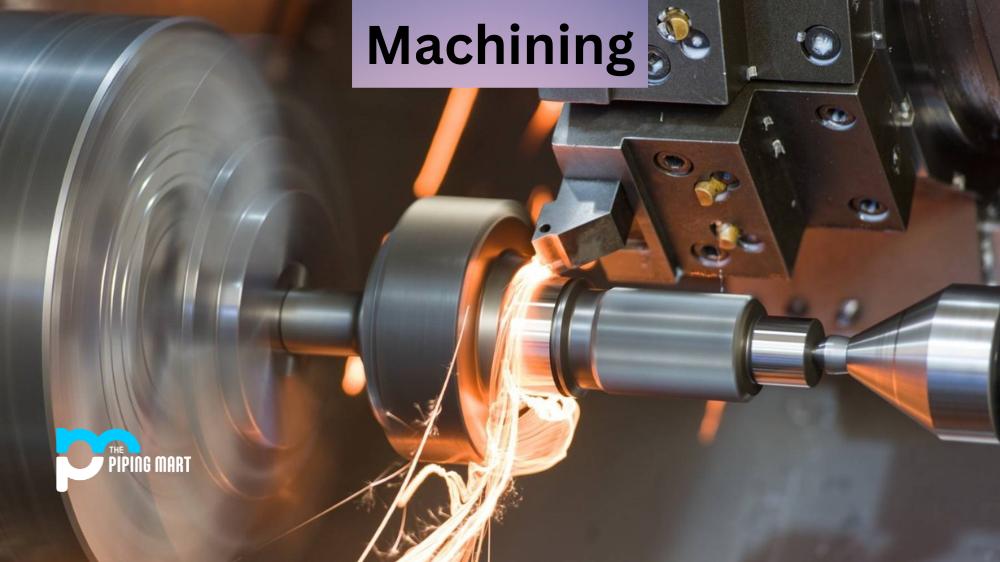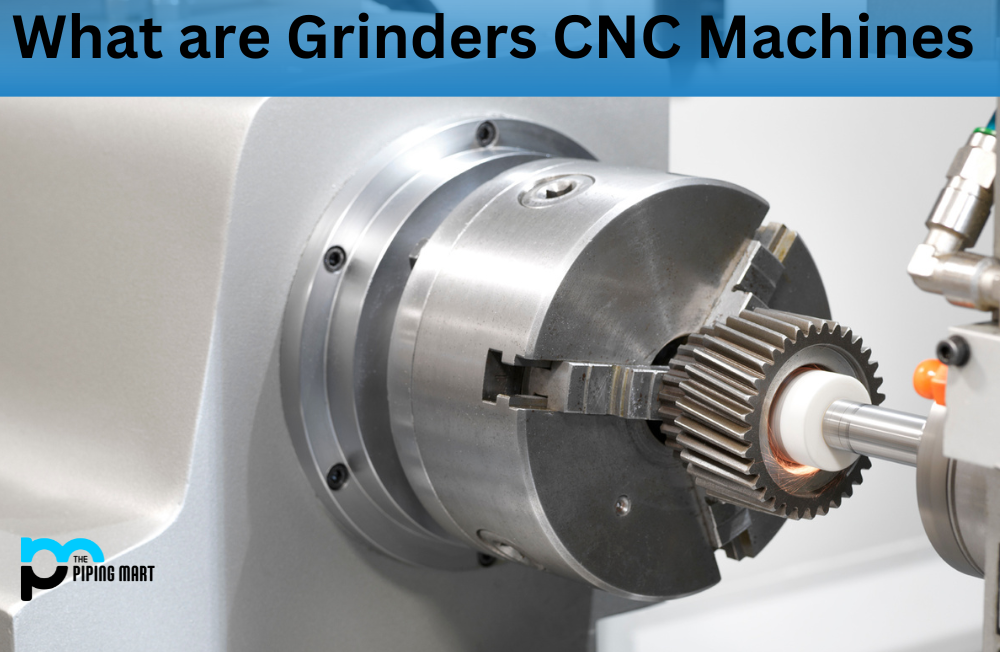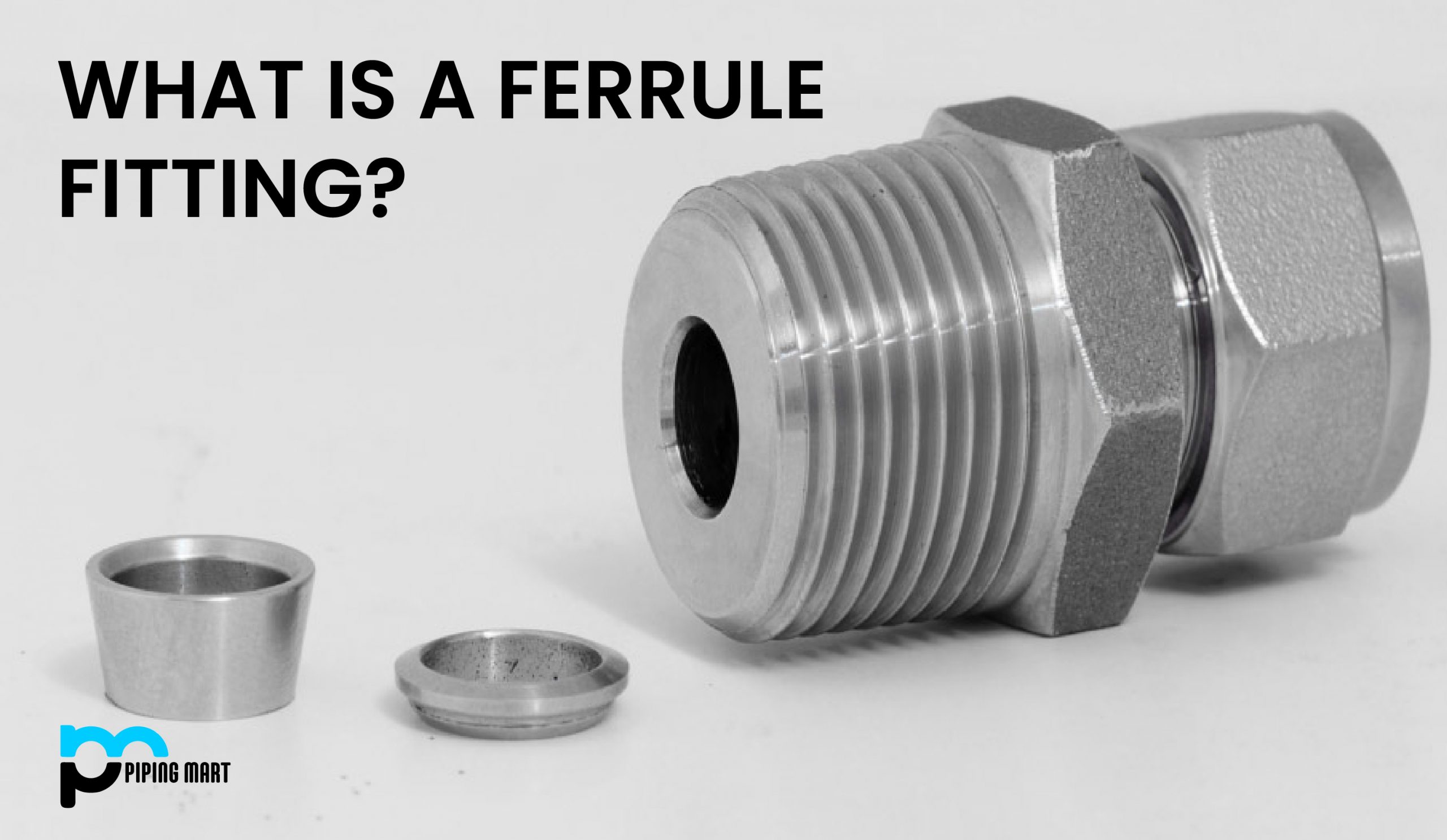Machining is a manufacturing process that involves removing material from a workpiece to create the desired shape. It is one of the most popular methods for producing parts, components, and products because it offers accuracy, precision, and versatility. But while there are many advantages to using this production method, there are also some drawbacks that should be considered. Let’s explore the pros and cons of Machining.
5 Advantages of Machining
Machining has many benefits, making it an ideal production method for many applications. The main advantage is that it produces precise parts with tight tolerances. This allows engineers to produce components with high levels of accuracy and consistency, ensuring that their products meet even the most exacting specifications. Additionally, Machining can produce complex shapes in almost any material—from metals like aluminum to plastics—and can even be combined with other techniques like welding or 3D printing. Finally, Machining is relatively quick and cost-effective compared to other production methods, such as casting or forging. This makes it attractive for businesses looking for cost-effective ways to produce high-quality parts quickly.
- Machining is a process that removes material from a workpiece to create a desired shape or finish.
- Machining is more precise than other manufacturing methods, such as casting or forging.
- Machining can create complex shapes that would be difficult or impossible to create using other methods.
- Machining can create parts with a high degree of accuracy and repeatability.
- Machining can be used to create parts with a smooth surface finish.
5 Disadvantages of Machining
Despite its advantages, there are a few drawbacks associated with Machining. For starters, it produces a large amount of waste material in the form of chips or swarf, which must be disposed of responsibly (and safely). Additionally, not all materials are suitable for Machining; certain materials may require specialized tools or techniques that may make them difficult (or even impossible) to produce accurately through traditional machining processes. Lastly, due to its complexity and precision requirements, Machining can be more expensive than other production methods if done correctly and efficiently.
High Initial Cost
One of the primary disadvantages of Machining is the high initial cost. Machining equipment can be very expensive, and it may only be feasible for some businesses to purchase their machines. In addition, Machining often requires a high level of training and experience, which can further increase costs.
Limited Material Selection
Machining is also limited by material selection. Not all materials can be machined, and those that can be machined may not be able to be machined to the desired specifications. This can limit the usefulness of Machining for some applications.
Time-Consuming Process
Machining can also be a time-consuming process. Depending on size and complexity, it may take several hours or even days to machine a single piece. This can make Machining impractical for some applications where time is of the essence.
Requires Specialized Equipment
Machining also requires specialized equipment that may only be available to some businesses. This equipment can be expensive and may require special training to operate properly. Additionally, this equipment may need to be regularly maintained, which can further increase costs.
Generates Waste Material
Finally, Machining generates a lot of waste material from chips and swarf. This waste material must be disposed of properly, which can add to the overall cost of Machining.
Conclusion:
In conclusion, while there are certainly some disadvantages associated with Machining—namely, waste production and expense—the positives far outweigh the negatives when it comes to this popular production technique, with its ability to produce precise parts quickly and reliably. Cost-effectively using almost any type of material imaginable, it’s no wonder why so many engineers prefer Machining over other methods when creating components or products. If you’re looking for an efficient way to produce high-quality parts on demand without breaking the bank, you may consider investing in a quality CNC machine for your business needs!

Meet Bhavesh, a seasoned blogger with a wealth of knowledge and experience. From metal products manufacturing to retail, Bhavesh has a diverse background in various industries and is dedicated to sharing his insights and expertise with readers.




